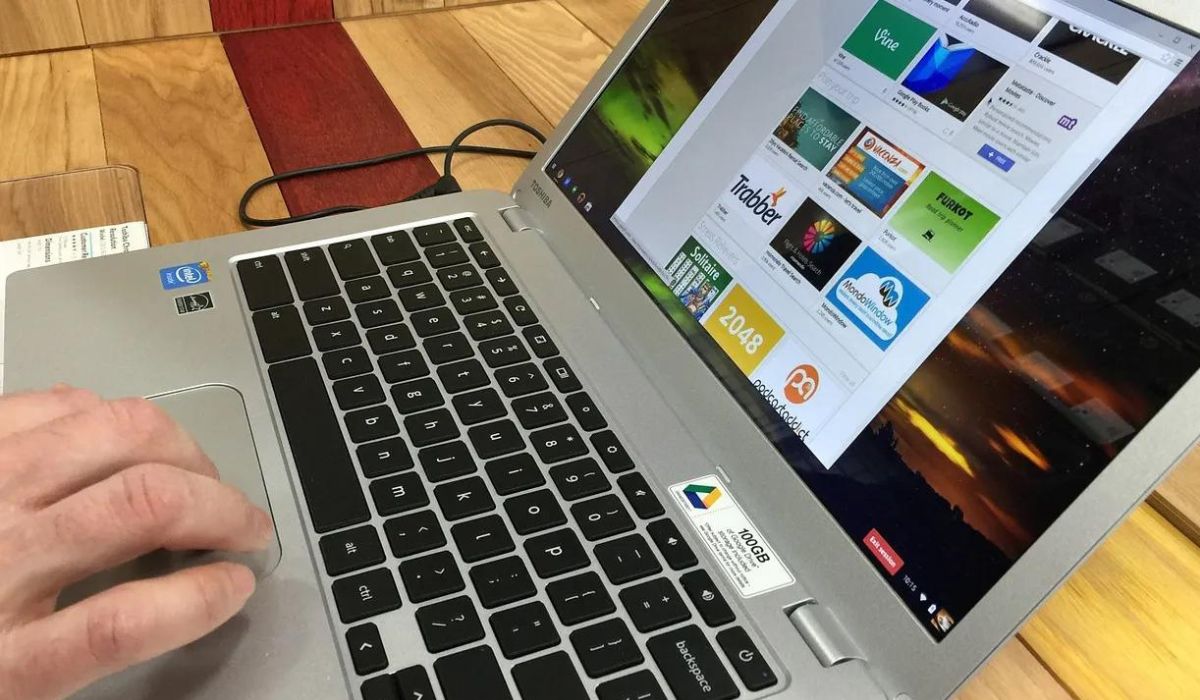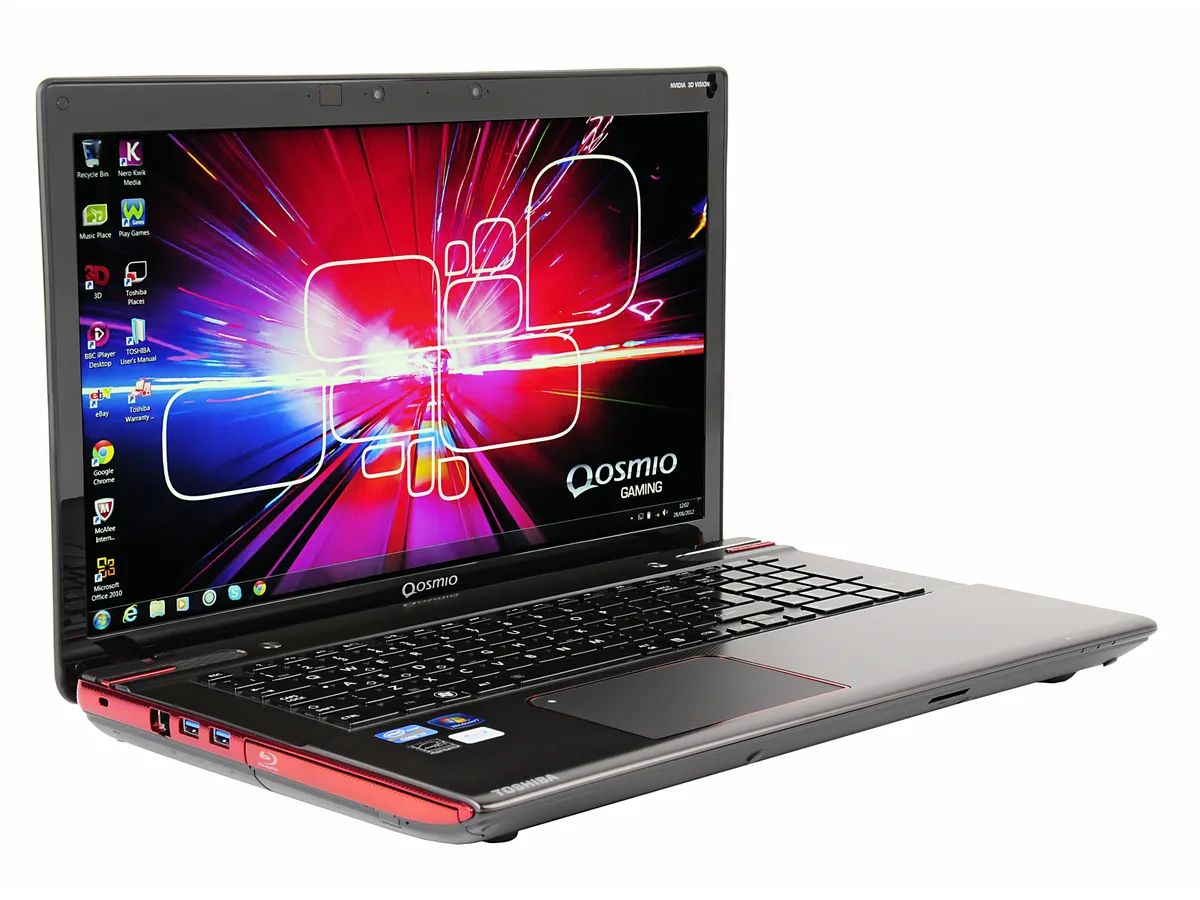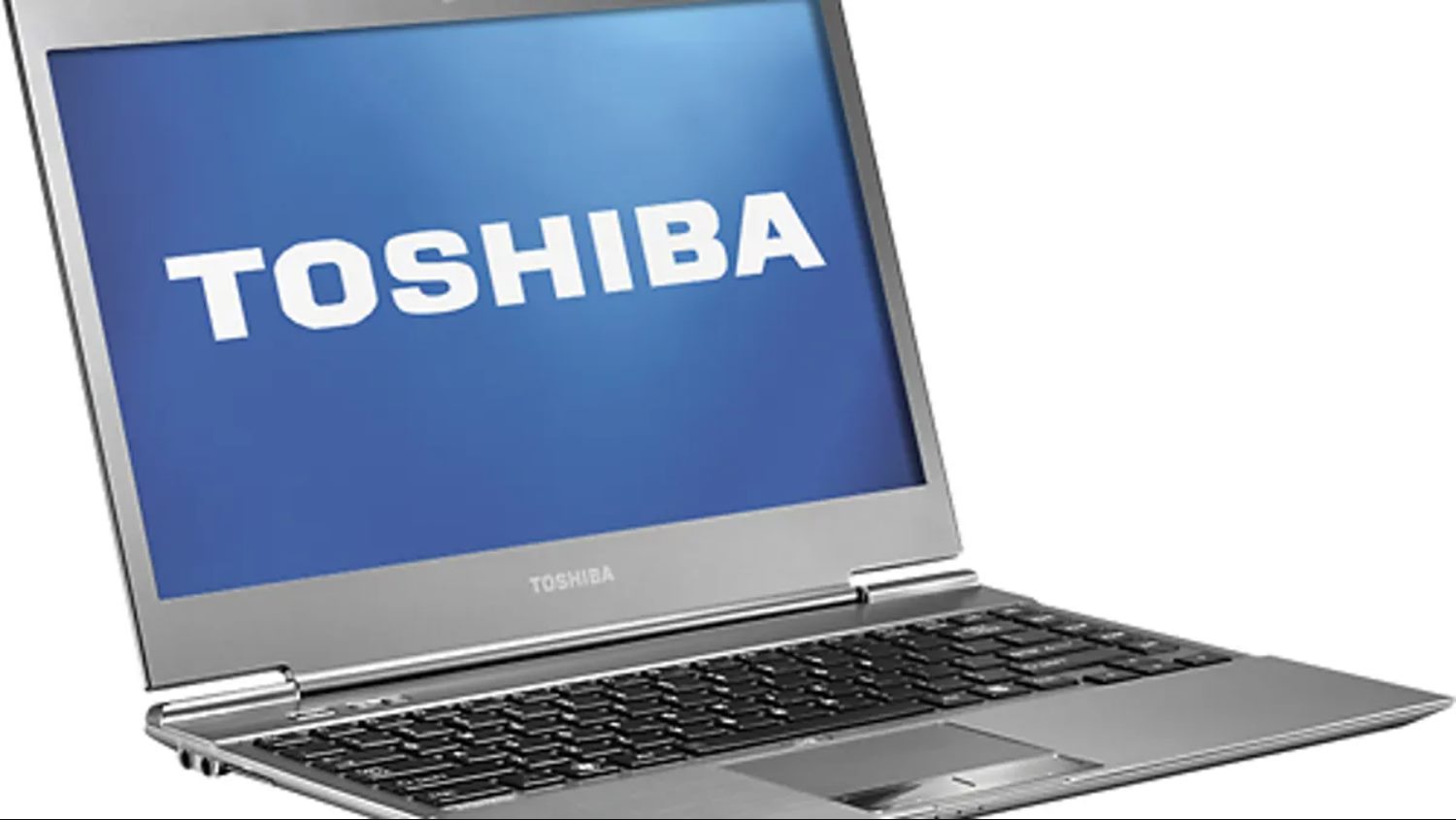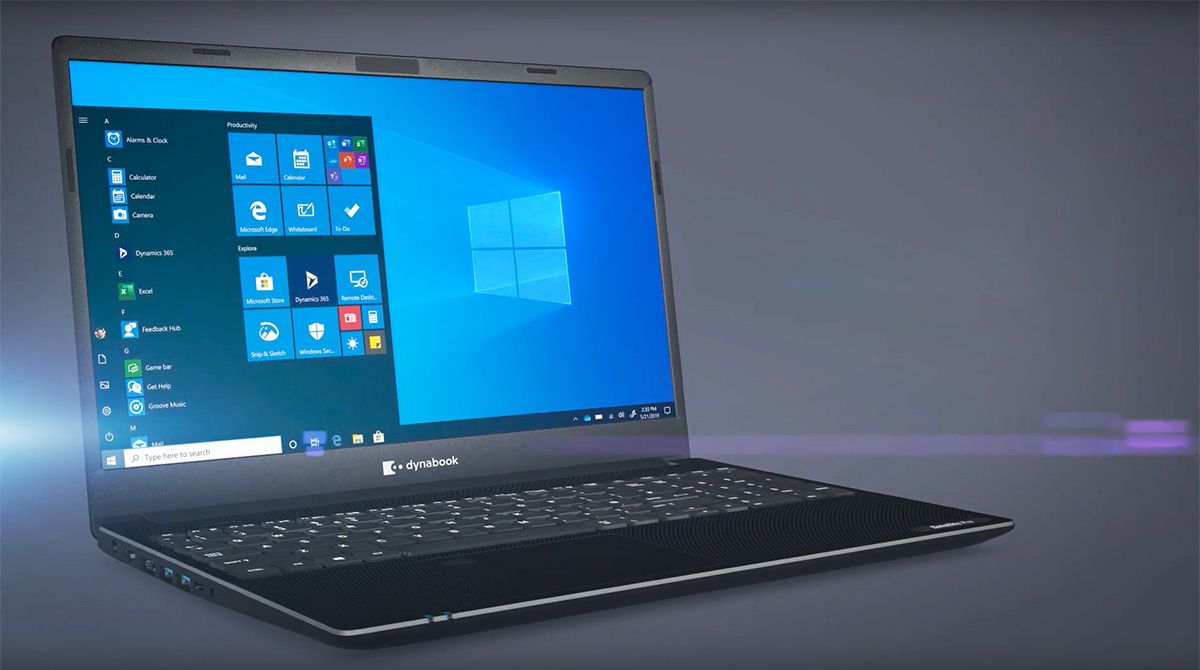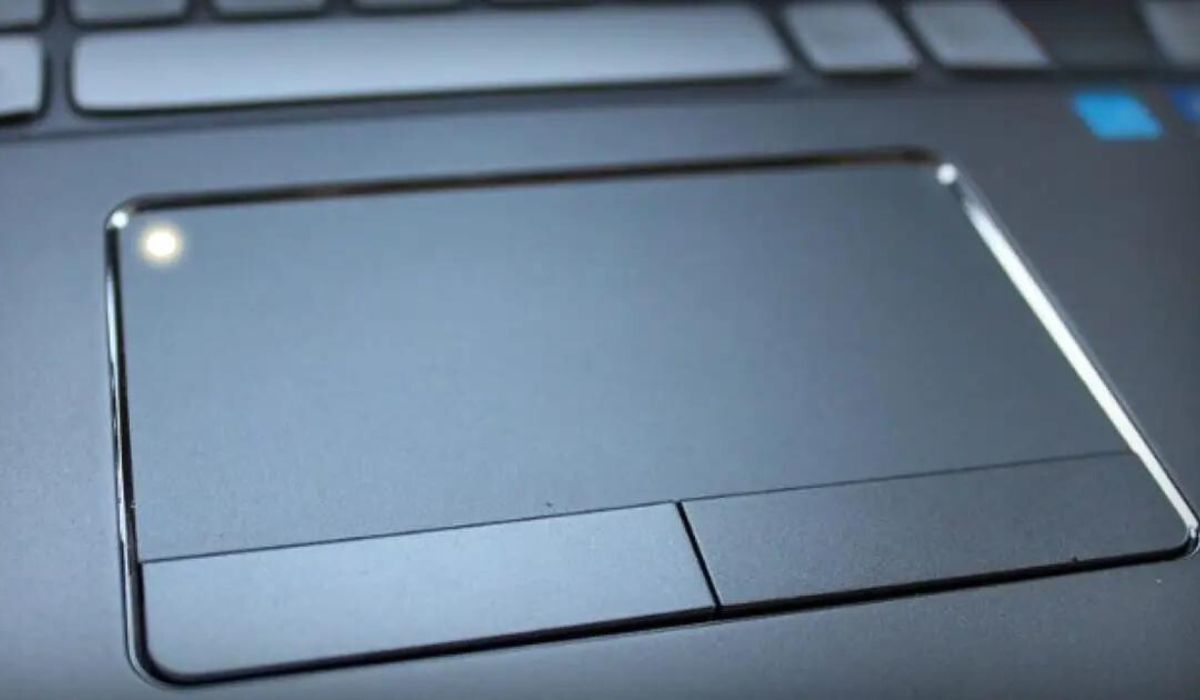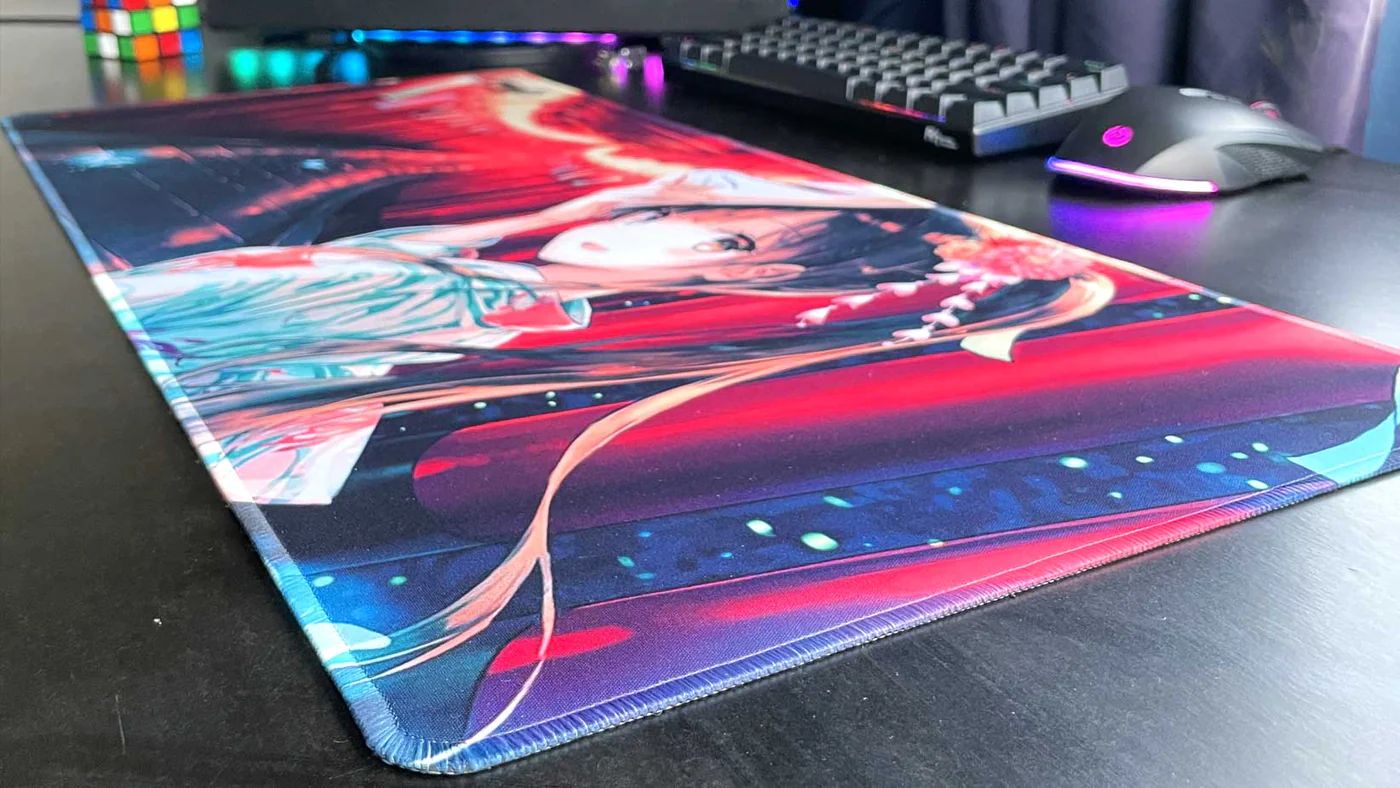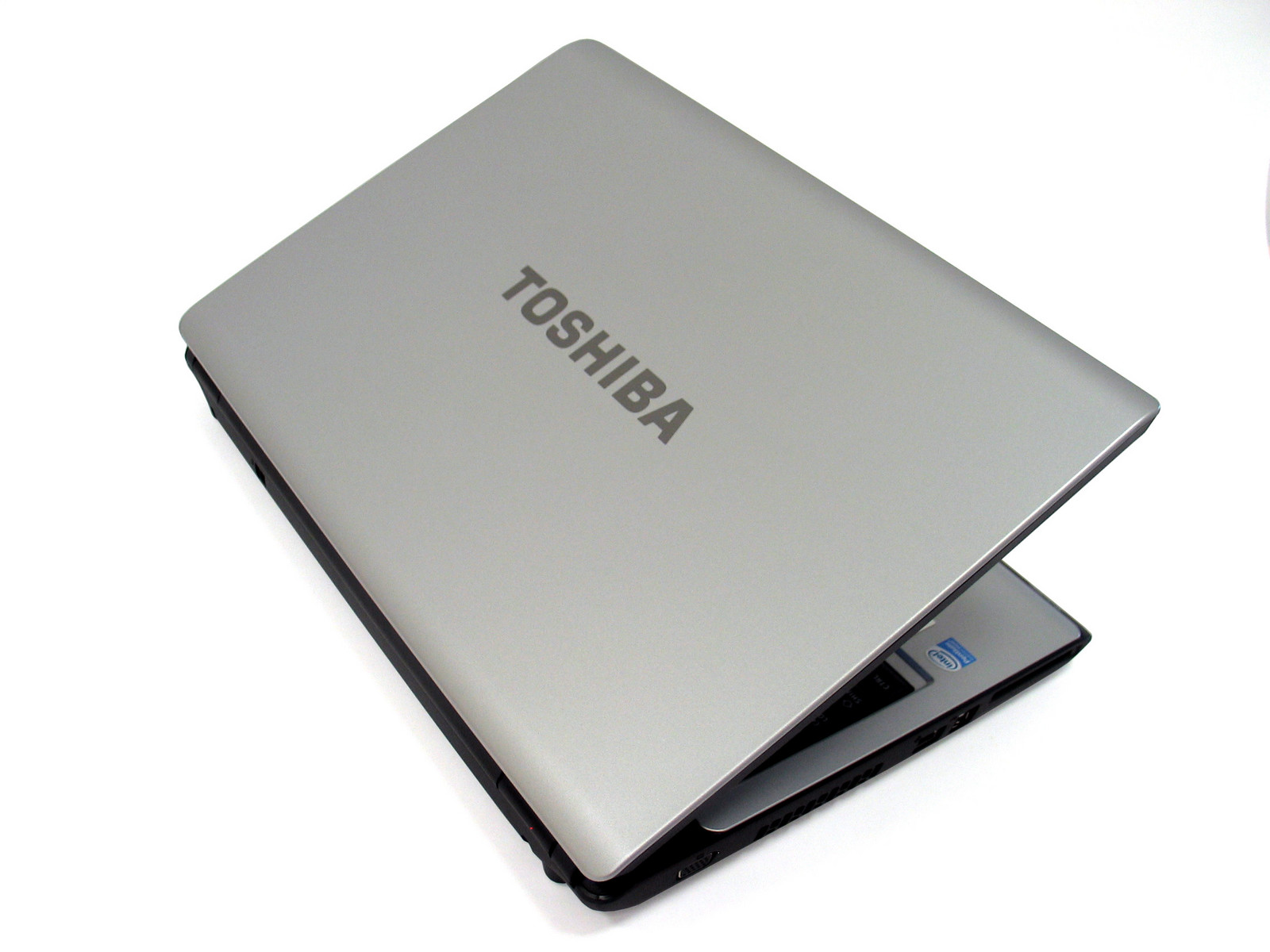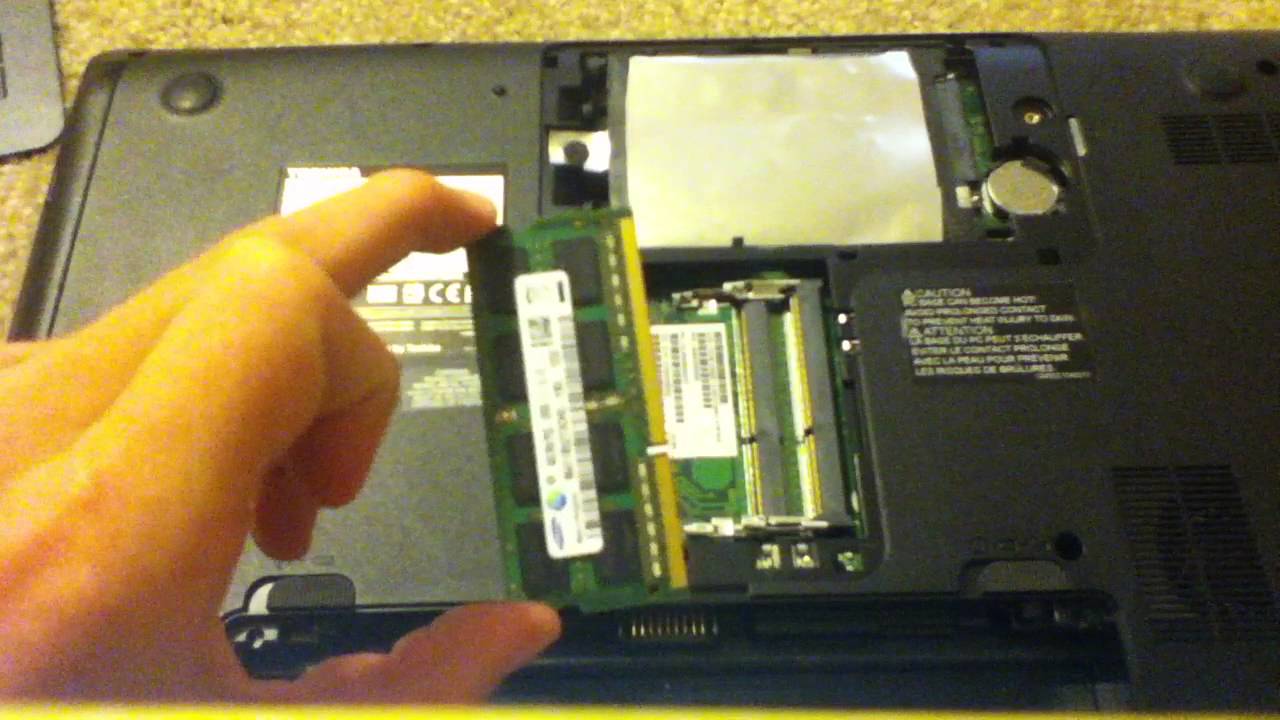Introduction
Welcome to our guide on how to turn off the mouse pad on a Toshiba Satellite laptop. The mouse pad, also known as the touchpad, can sometimes be a source of frustration for users who prefer to use an external mouse or who accidentally brush the touchpad while typing. Fortunately, there are several methods to disable the mouse pad on a Toshiba Satellite, providing users with the flexibility to choose their preferred input method.
In this article, we will explore three effective methods to turn off the mouse pad on a Toshiba Satellite laptop. Whether you're looking to temporarily disable the touchpad for a specific task or permanently deactivate it, we've got you covered. From using convenient keyboard shortcuts to accessing the Control Panel and Device Manager, you'll find the solution that best suits your needs.
By following the step-by-step instructions provided in this guide, you can regain control over your laptop's input options and optimize your user experience. Whether you're a student, professional, or casual user, learning how to turn off the mouse pad on your Toshiba Satellite can enhance your productivity and comfort while using the device.
Now, let's delve into the methods and explore how to effectively disable the touchpad on your Toshiba Satellite laptop. Whether you're looking to streamline your workflow or eliminate accidental cursor movements, we're here to help you navigate the process with ease and confidence. Let's get started!
Method 1: Using Keyboard Shortcut
One of the quickest and most convenient ways to turn off the mouse pad on a Toshiba Satellite laptop is by utilizing a keyboard shortcut. This method allows users to temporarily disable the touchpad, providing flexibility and ease of use. Follow these simple steps to employ the keyboard shortcut and regain control over your laptop’s input options:
- Locate the Function Key: On most Toshiba Satellite laptops, the touchpad can be disabled using a specific function key. Look for the “Fn” key, typically located at the bottom left of the keyboard, and the touchpad icon, which is often represented by an image of a finger touching a rectangular surface.
- Activate the Keyboard Shortcut: Press and hold the “Fn” key, then simultaneously press the designated function key that corresponds to the touchpad. This key is usually labeled with an icon depicting the touchpad. Upon pressing the combination of keys, the touchpad should be disabled, and an on-screen notification may appear to indicate the status change.
- Test the Touchpad: After executing the keyboard shortcut, verify that the touchpad is indeed disabled by attempting to move the cursor using the touchpad. If the touchpad is successfully turned off, you should notice that the cursor remains stationary, indicating that the touchpad is no longer responsive.
By utilizing the keyboard shortcut method, users can promptly and temporarily disable the touchpad on their Toshiba Satellite laptops, providing a seamless transition to alternative input methods such as an external mouse. This approach offers a practical solution for individuals who prefer to switch between touchpad and mouse usage based on their specific tasks and preferences.
Now that you’ve mastered the keyboard shortcut method, let’s explore additional techniques to turn off the mouse pad on your Toshiba Satellite laptop. Whether you’re seeking a more permanent solution or alternative methods to disable the touchpad, we’ve got you covered. Let’s move on to the next method and continue optimizing your user experience.
Method 2: Using Device Manager
Another effective approach to disable the mouse pad on a Toshiba Satellite laptop involves utilizing the Device Manager, a built-in Windows tool that allows users to manage and configure hardware devices. By accessing the Device Manager, users can locate the touchpad device and deactivate it, providing a more permanent solution to disable the touchpad. Follow these steps to utilize the Device Manager method and take control of your laptop’s input options:
- Access the Device Manager: To open the Device Manager, right-click on the Start button and select “Device Manager” from the context menu. Alternatively, you can press the Windows key + X on your keyboard and choose “Device Manager” from the Power User menu.
- Locate the Touchpad Device: In the Device Manager window, expand the “Mice and other pointing devices” category to reveal the touchpad device. It is often labeled as a “Synaptics” or “Elan” touchpad, depending on the manufacturer and model of your Toshiba Satellite laptop.
- Disable the Touchpad: Right-click on the touchpad device and select “Disable” from the context menu. A confirmation dialog may appear, prompting you to confirm the action. Click “Yes” to proceed with disabling the touchpad.
- Verify the Status: After disabling the touchpad, ensure that the device status in the Device Manager reflects the change. The touchpad entry should now display a disabled status, indicating that the touchpad is no longer active.
By utilizing the Device Manager method, users can effectively disable the touchpad on their Toshiba Satellite laptops, providing a more permanent solution compared to the keyboard shortcut approach. This method is ideal for individuals who prefer a consistent and enduring modification to their laptop’s input configuration.
Now that you’ve gained proficiency in using the Device Manager to disable the touchpad, let’s proceed to explore another method that offers a different approach to turning off the mouse pad on your Toshiba Satellite laptop. Whether you’re looking for alternative solutions or seeking to further customize your laptop’s input settings, we’re here to guide you through the process. Let’s continue enhancing your user experience with the next method.
Method 3: Using Control Panel
For users who prefer a user-friendly interface to manage system settings, the Control Panel offers a straightforward method to disable the mouse pad on a Toshiba Satellite laptop. By accessing the Control Panel, users can navigate to the device settings and deactivate the touchpad, providing a convenient and accessible approach to customizing input options. Follow these steps to utilize the Control Panel method and seamlessly disable the touchpad on your Toshiba Satellite laptop:
- Open the Control Panel: Access the Control Panel by typing “Control Panel” in the Windows search bar and selecting the corresponding result. Alternatively, you can right-click on the Start button and choose “Control Panel” from the context menu.
- Navigate to Mouse Settings: Within the Control Panel, locate and click on the “Mouse” or “Hardware and Sound” category, depending on your system configuration. This will allow you to access the touchpad settings and make modifications to its functionality.
- Disable the Touchpad: Once in the mouse settings, navigate to the “Device Settings” or “Touchpad” tab, where you can find the option to disable the touchpad. Select the touchpad device and choose the “Disable” option to turn off the touchpad functionality.
- Confirm the Changes: After disabling the touchpad, confirm the changes and close the Control Panel window. Test the touchpad to ensure that it is no longer responsive to touch or movement.
By utilizing the Control Panel method, users can easily access touchpad settings and disable the device with just a few simple clicks. This approach is ideal for individuals who prefer a graphical interface and intuitive navigation when customizing their laptop’s input options.
Now that you’ve mastered the Control Panel method for disabling the touchpad, you have a diverse set of techniques to choose from based on your preferences and workflow. Whether you’re seeking a temporary or permanent solution, you now have the knowledge and tools to effectively turn off the mouse pad on your Toshiba Satellite laptop. Let’s continue to the next section to sum up the methods and further optimize your user experience.
Conclusion
Congratulations! You’ve successfully explored three effective methods to turn off the mouse pad on your Toshiba Satellite laptop, empowering you to customize your input preferences and enhance your user experience. Whether you prefer quick keyboard shortcuts, system-level device management, or user-friendly control panel settings, you now have the knowledge and tools to seamlessly disable the touchpad based on your specific needs.
By mastering the keyboard shortcut method, you’ve gained the ability to promptly and temporarily disable the touchpad, providing a convenient transition to alternative input methods such as an external mouse. This approach is perfect for individuals who prefer flexible control over their laptop’s input options.
Additionally, by utilizing the Device Manager method, you’ve acquired the capability to implement a more permanent solution to disable the touchpad, ideal for those seeking enduring modifications to their laptop’s input configuration. This method offers a comprehensive approach to managing hardware devices and customizing touchpad functionality.
Furthermore, the Control Panel method has equipped you with a user-friendly interface to manage touchpad settings, allowing for intuitive navigation and straightforward modifications to the touchpad’s functionality. This approach is perfect for individuals who prefer a graphical interface when customizing their laptop’s input options.
With these diverse methods at your disposal, you have the flexibility to choose the approach that best aligns with your preferences and workflow. Whether you’re a student, professional, or casual user, the ability to turn off the mouse pad on your Toshiba Satellite laptop enhances your productivity and comfort while using the device.
Now that you’re equipped with a comprehensive understanding of how to disable the touchpad using various methods, you can confidently navigate the process and optimize your user experience based on your specific needs. We hope this guide has provided valuable insights and practical solutions to enhance your interaction with your Toshiba Satellite laptop. As you continue to explore and personalize your device, remember that you have the knowledge and tools to tailor your input preferences to suit your individual workflow and comfort. Happy computing!







